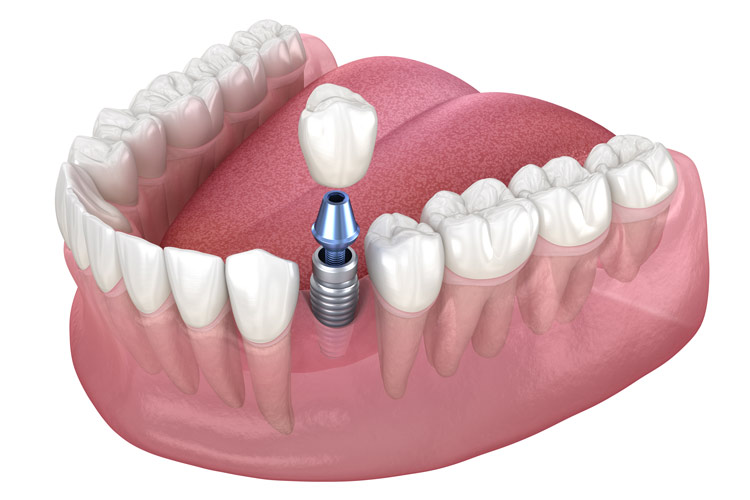It seems that these days, it’s not a rarity to have some kind of dental work done. Dental implants are one more option among many today as people find themselves missing teeth or need new ones in the back due to old age and tooth decay. Thankfully though, there is an answer for those who want their smile looking its best.
Dental implants are a type of dental restoration that has gotten more and more popular in recent years. They can be pretty scary, but if you’re considering getting them it’s always nice to know the process beforehand. Read on for a step-by-step explanation of what goes down during your typical dental implant procedure.
Getting dental implants requires careful planning with multiple visits beforehand where there are certain procedures done at each stage as well as aftercare following procedure appointments. It’s common for the steps to take place over multiple sessions with various specialists involved.
Your Step-by-Step Dental Implant Guide
The first step will involve having X-rays taken so a replica of the gums and teeth can be created. The X-rays can also be used to assist the dentist in learning more about the condition of the gums and teeth.
With dental implants, you won’t be able to get your new tooth/teeth right away. Some of the stages will require waiting time in between for the surgery to properly heal. If you experience some discomfort, you might be asked to wear a temporary crown.
If the jawbone is not thick or strong enough to support the implant, then a bone graft might be carried out. Bones used for bone grafts can be sourced from other parts of the body. Often you will have to wait for the bone graft to heal before proceeding.
The actual implantation procedure occurs when the metal tooth root are placed in the jawbone. This is considered the most invasive aspect of the entire procedure. However, you won’t feel any pain or discomfort since anesthesia will be used.
The surgeon will cut the gum and create an opening to expose the bone. They will then drill a hole where the implant will be placed. There are various options to ease any discomfort or pain.
The dental specialist will ensure the procedure goes as painlessly and smoothly as possible. Once the implant is in place, the jawbone will be given time to fuse with the dental implant. The fusion process is called osseointegration.
Osseointegration typically takes a few months. The next step would be to place the abutment, the piece needed to attach the new crown. To place the abutment, the dentist opens the gum and exposes the dental implant. The abutment is then attached.
Once the abutment has been placed, the crowns can be attached. There is an option to use removable crowns which can be easily snapped on and off for fixing and cleaning purposes. Fixed crowns on the other hand are attached using screw or cement.
Once the new dental implants have been in place, it is important that they are cared for accordingly just like the normal teeth. Things like severe smoking or teeth grinding (bruxism) can damage the dental implants and should be avoided.
Fortunately, looking after dental implants is straightforward and is no different than looking after the natural teeth. You just need to brush and floss regularly. It is also recommended that biting down on hard or sticky foods is avoided.
Visiting the dentist regularly should also be considered a must. They can check the condition of the implant and fix any issues before any complications arise.



